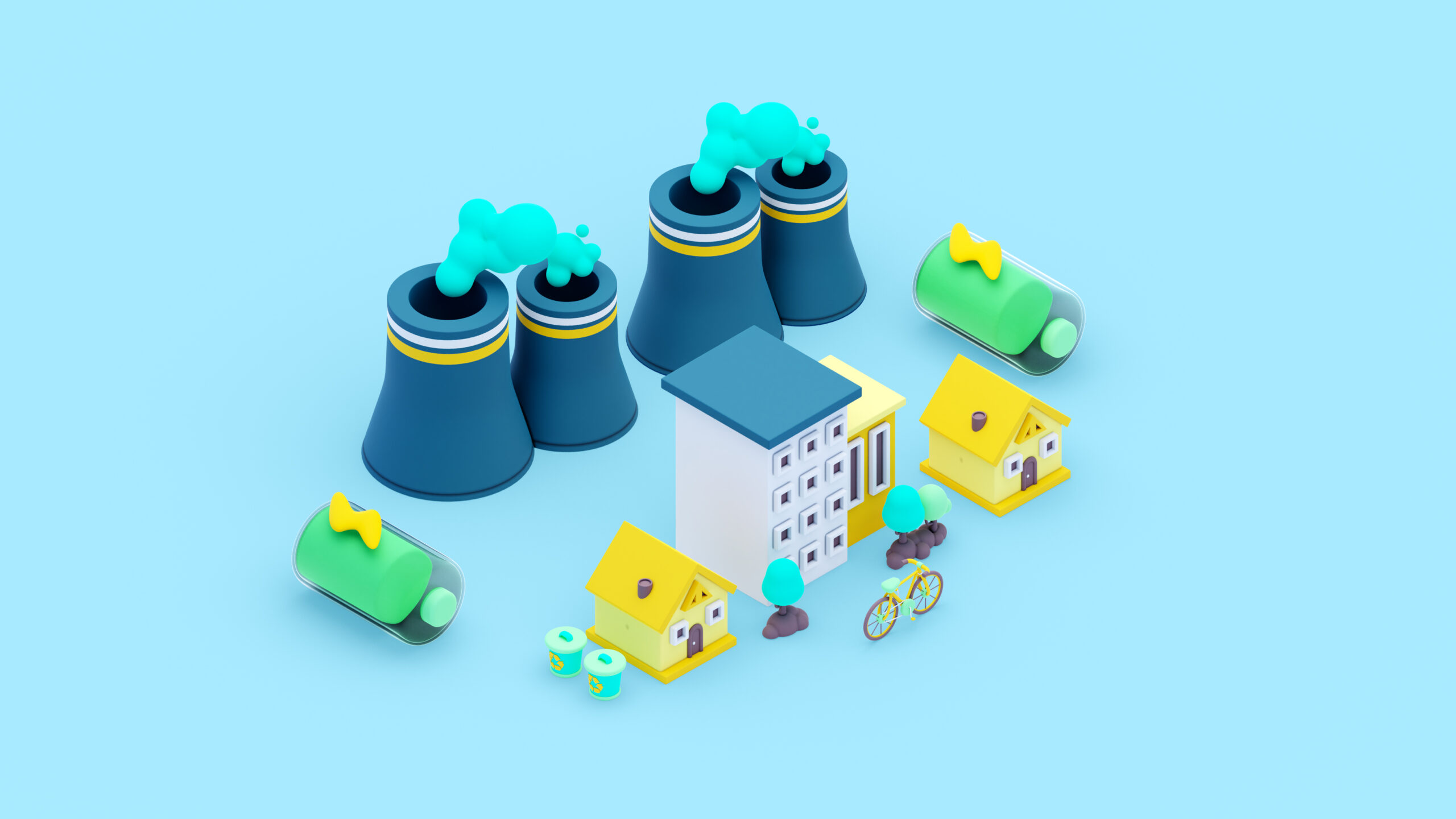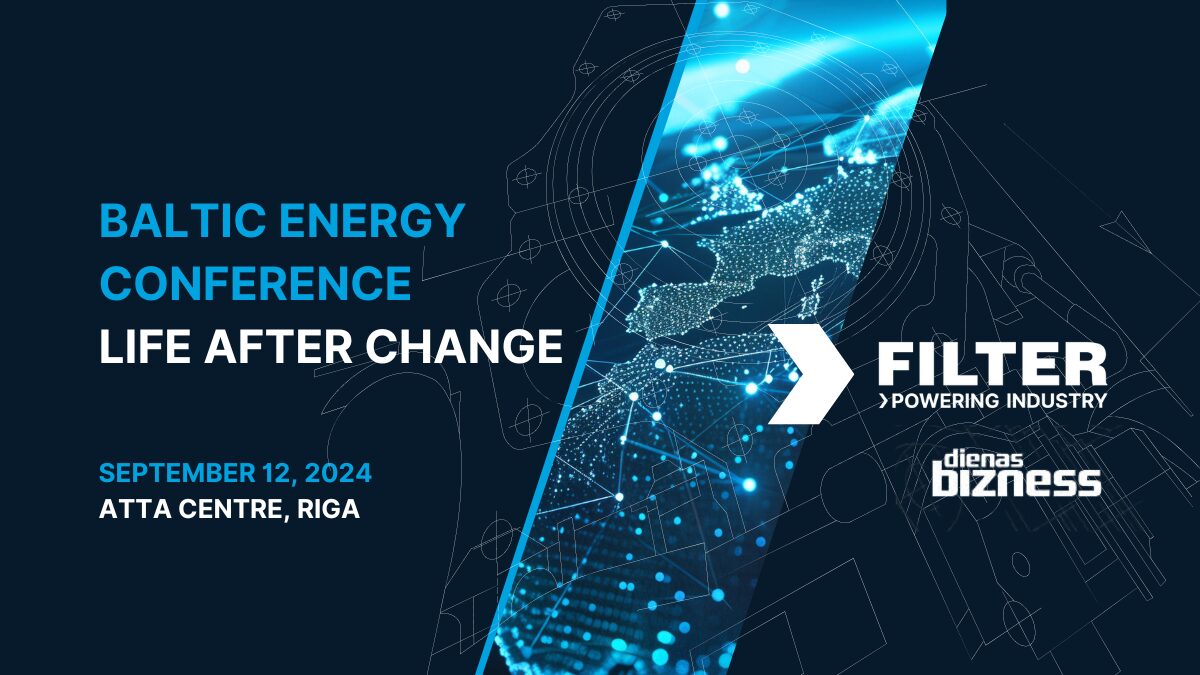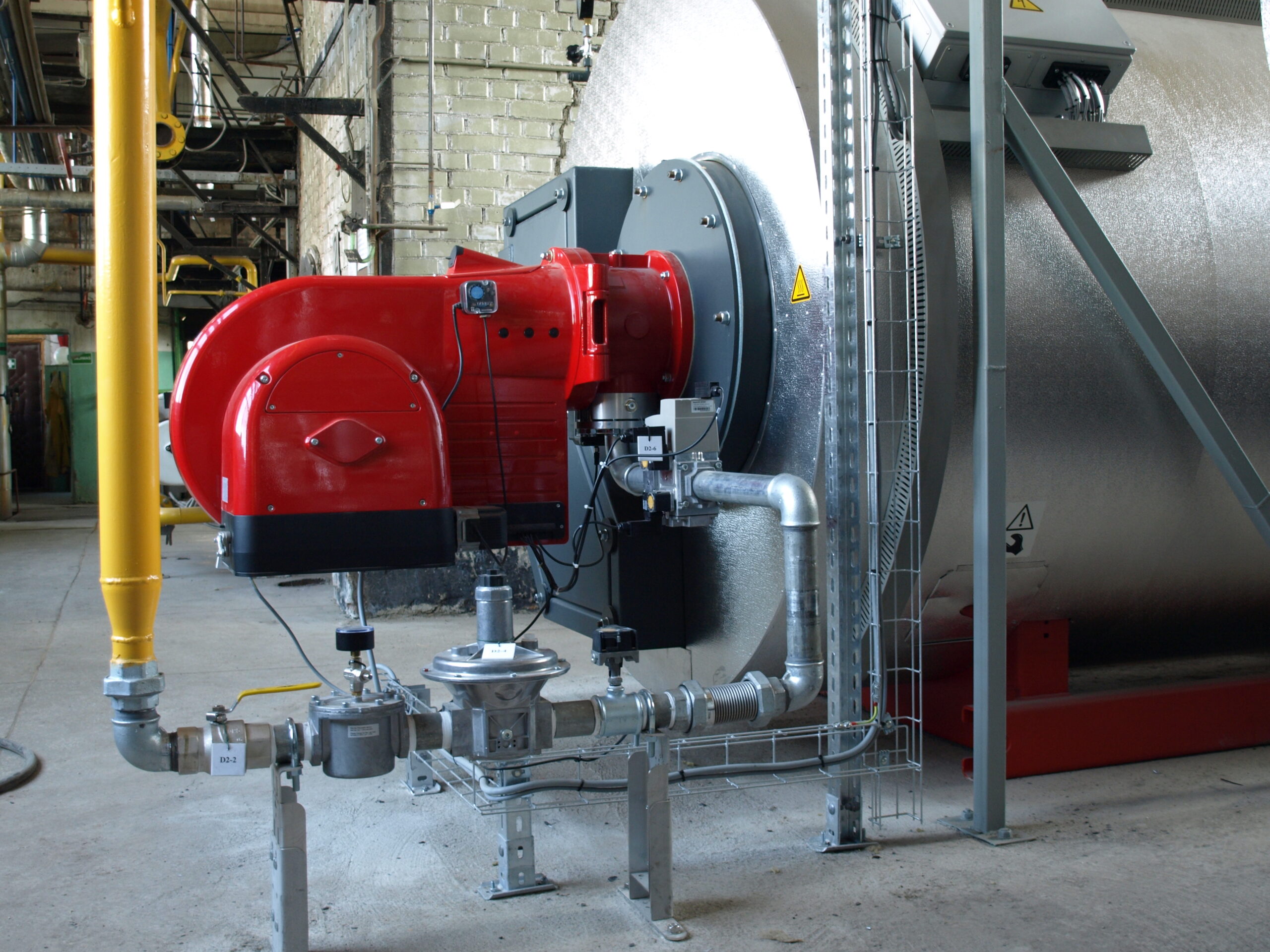Steam generation power plant steam boilers are the cornerstone of numerous industries, providing essential energy for heating, processing, and electricity generation. These systems are designed to produce high-quality steam efficiently, allowing for seamless operations across diverse industrial sectors. From manufacturing and chemical production to steam boilers in the food industry and power generation – steam generators and boilers are irreplaceable assets that drive productivity, efficiency, and sustainability in modern industrial operations.
In industrial settings, steam separators and steam collectors play a vital role in optimizing steam distribution and guaranteeing the efficient operation of steam systems. By effectively removing moisture and impurities from steam, separators and collectors help maintain steam quality and prevent equipment damage. As industries continue to embrace sustainable practices, the demand for clean steam generators has gone up. These innovative systems utilize advanced filtration and purification technologies to produce steam that meets the highest quality standards, making them ideal for industries with strict hygiene requirements, such as pharmaceuticals and food and beverage production.
How does a steam power generation plant work?
A steam power generation plant operates on a fascinating process that converts thermal energy into mechanical and electrical energy. Traditionally, the process begins with fuel combustion in a boiler, where the heat produced transforms water into high-pressure steam. However, in some cases, rather than directing the steam into a turbine, an alternative method is employed. Instead of utilizing a turbine, the high-pressure steam is directly channeled to drive machinery or equipment within the industrial process. This approach bypasses the mechanical energy conversion typically facilitated by a turbine. Following its utilization, the steam is condensed back into water, completing the cycle. While turbines are commonly associated with steam power generation, this alternative method underscores the versatility and adaptability of steam as an energy source in industrial applications.
In addition to the main components of steam power generation plants, auxiliary systems such as steam separators and accumulators play crucial roles in optimizing plant performance and efficiency. Steam separators help remove moisture and impurities from steam, securing its quality and preventing damage to downstream equipment. On the other hand, steam accumulators store excess steam energy during periods of low demand, providing a buffer for fluctuations in steam consumption and improving overall plant flexibility and reliability.
The importance of industrial steam boilers and generators
Industrial steam boilers and generators serve as lifelines across a spectrum of industries, delivering the necessary heat and energy for various processes. From powering machinery and equipment to sterilizing instruments and facilitating production processes – these systems are indispensable. Industrial steam boilers boast the capacity to produce substantial volumes of steam at high pressures and temperatures, making them ideal for demanding industrial environments. Steam generators offer a compact, efficient solution for on-demand steam production, bringing in more flexibility and reliability to industrial operations.
In addition to their primary function of steam generation, industrial steam boilers and generators play a critical role in benefiting operational efficiency and sustainability. By optimizing combustion processes and minimizing energy losses, these systems help reduce fuel consumption and greenhouse gas emissions, contributing to environmental conservation efforts. Keep in mind, that advancements in boiler and generator technology, such as the integration of intelligent controls and automation systems, allow for precise steam trap monitoring and adjustment of key parameters, further improving efficiency and reliability while reducing operational costs.
The versatility of industrial steam boilers and generators extends beyond traditional industrial applications. In sectors such as healthcare, steam plays a vital role in sterilization processes, guaranteeing the safety and integrity of medical instruments and equipment. Similarly, in the food and beverage industry, steam is utilized for cooking, pasteurization, and cleaning operations, maintaining hygiene standards, and extending product shelf life. The pharmaceutical industry also relies on steam for various manufacturing processes, including drying, distillation, and formulation, where precise temperature and pressure control are paramount.
Learn more about steam boilers and steam generators
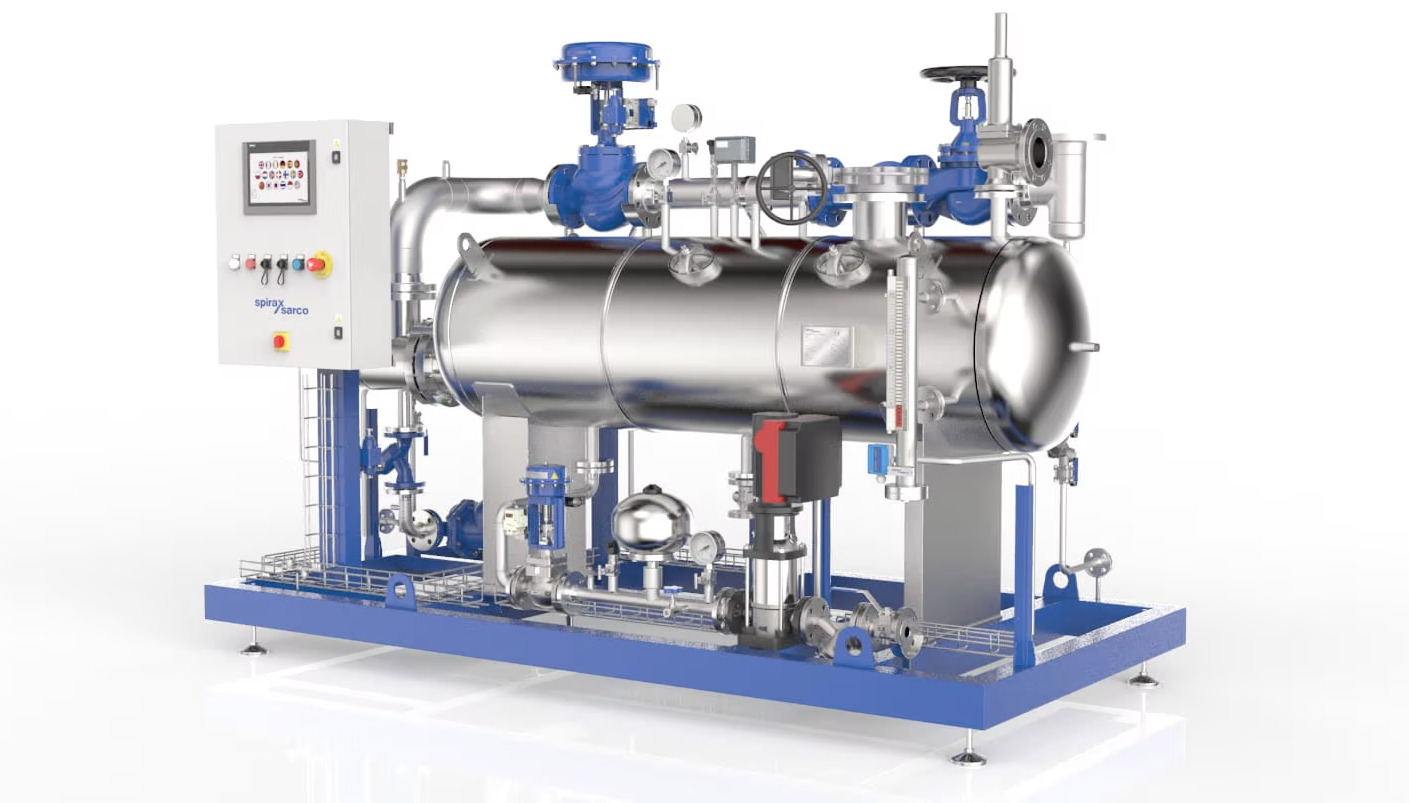
Key components of a steam generator
Steam generators are made out of several critical components that work together to ensure efficient steam production and distribution. Central to these components is the boiler, which acts as the most important part of converting water into steam. What improves this process is the burner or heating element, furnishing the heat energy for steam generation. Additionally, electrical steam generators incorporate controls and instrumentation to monitor and regulate steam pressure, temperature, and flow rates. Safety features, such as pressure relief valves and water level controls, are integrated to ensure safe and reliable operations to get boiler steam water.
In addition to the core steam power generation plant components mentioned above, steam generators also feature steam collectors, accumulators, and headers. Steam collectors gather steam from multiple sources and channel it toward the desired destination, optimizing steam distribution throughout the system. Accumulators store excess steam to accommodate fluctuations in demand, ensuring a steady supply of steam during peak periods. Meanwhile, steam headers act as distribution channels, delivering steam to various points of use within the industrial facility.
Another essential component of steam generators is separators, which are responsible for removing moisture and impurities from the steam stream. These separators utilize centrifugal force or gravity to separate water droplets and other contaminants from the steam, ensuring that only dry, clean steam is delivered to downstream processes. Advanced steam separators incorporate features such as automatic drainage systems and steam trap monitoring to enhance efficiency and reliability.
In modern steam generators, advanced technologies and materials are employed to optimize performance and longevity. For instance, high-efficiency burners and heat exchangers maximize energy transfer while minimizing fuel consumption and emissions. Materials like stainless steel and corrosion-resistant alloys are utilized to improve durability and withstand harsh operating conditions.
How to choose the right industrial steam boiler for your business
Choosing the appropriate industrial containerized steam boiler necessitates a careful assessment of various factors – such as steam capacity, fuel type, efficiency, and operational requisites. Initiate the process by evaluating your facility’s steam demand and delineating any specific process requirements. Contemplate factors as well – fuel availability, emissions regulations, and financial constraints, when ascertaining the most suitable boiler type and configuration.
Consideration should also be given to the specific applications and industries in which the boiler will be deployed. For instance, certain industries may require specialized features such as high-pressure steam for manufacturing processes or clean steam for pharmaceutical applications. It’s important to note that environmental considerations play a crucial role in boiler selection, with eco-friendly options like electric steam boilers gaining popularity due to their low emissions and energy efficiency.
Working with a reputable steam boiler company, industrial steam generator manufacturer, or supplier guarantees the success of a dependable and efficient system tailored to meet your business imperatives. These industry experts can provide valuable insights and recommendations based on their extensive experience and knowledge of steam boiler technology. They can assist in conducting site assessments, sizing calculations, and feasibility studies to determine the optimal boiler solution for your specific requirements and needs.
When evaluating different boiler options, be sure to prioritize reliability, performance, and long-term value over upfront costs. Investing in a high-quality steam boiler with advanced features and robust construction can yield significant returns in terms of energy savings, operational efficiency, and maintenance savings over the lifespan of the equipment. Ultimately, selecting the right steam boiler industry for your business needs careful consideration of your unique operational needs, regulatory requirements, and budgetary constraints. By taking a comprehensive approach to boiler selection and leveraging the expertise of reputable suppliers, you can be sure that your facility is equipped with a reliable and efficient steam solution that meets your current and future needs.
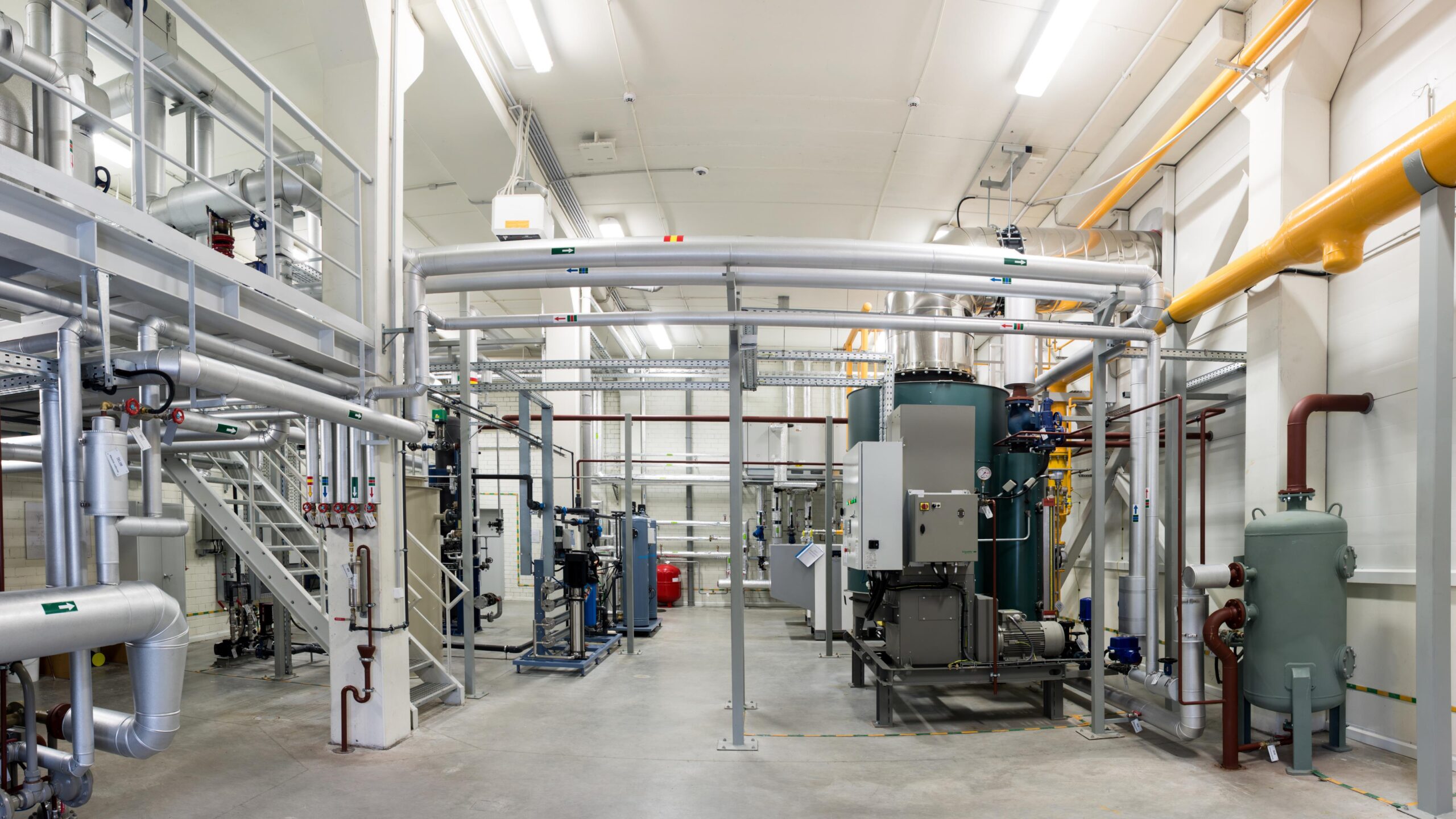
The future of steam solutions: containerized steam boilers and mobile steam plants
In line with the Industrial Revolution, the demand for adaptable and efficient steam solutions is growing. Containerized steam boilers and mobile steam plants have emerged as new solutions to cater to these evolving needs, offering on-demand steam generation capabilities that can be swiftly deployed to support transient or remote steam power generation plant operations. Electrical steam boilers and industrial portable steam generators, housed within shipping containers, provide a compact and portable solution for transient steam requirements, catering to scenarios such as construction sites or remote areas. These innovative systems offer the flexibility to meet fluctuating demand and can be easily transported to various locations as needed. By encapsulating all necessary components within a standardized container, these boilers offer a plug-and-play solution that minimizes installation time and costs.
Similarly, just like industrial portable steam generators, mobile steam plants offer a flexible, scalable solution for on-site steam production, mounted on trailers or skids. These self-contained units are equipped with everything needed for steam generation, including steam boiler houses, water treatment systems, and auxiliary equipment. Their mobility and rapid deployment capabilities make them ideal for temporary operations, emergencies, or situations where traditional infrastructure is impractical or unavailable.
Filter is powering steam and condensate industry
At Filter, we epitomize excellence in delivering innovative and sustainable steam and condensate solutions tailored to meet the unique requirements of industrial clients worldwide. Our comprehensive suite of products and services, spanning steam boilers, generators, separators, control systems, and condensate recovery solutions, is meticulously designed to optimize efficiency, reduce energy consumption, and improve productivity.
With our commitment to customer satisfaction and operational excellence, Filter is your trusted partner in navigating the complexities of steam and condensate management. Whether you’re seeking to upgrade your existing steam infrastructure, work on energy efficiency, trying to find a good industrial steam generator rental or improve productivity – our team of experts is here to help.
Reach out to us today to find out how Filter can revolutionize your steam and condensate operations, propelling your business toward more success. Let us help you unlock the full potential of your steam systems and drive sustainable growth for your business!

